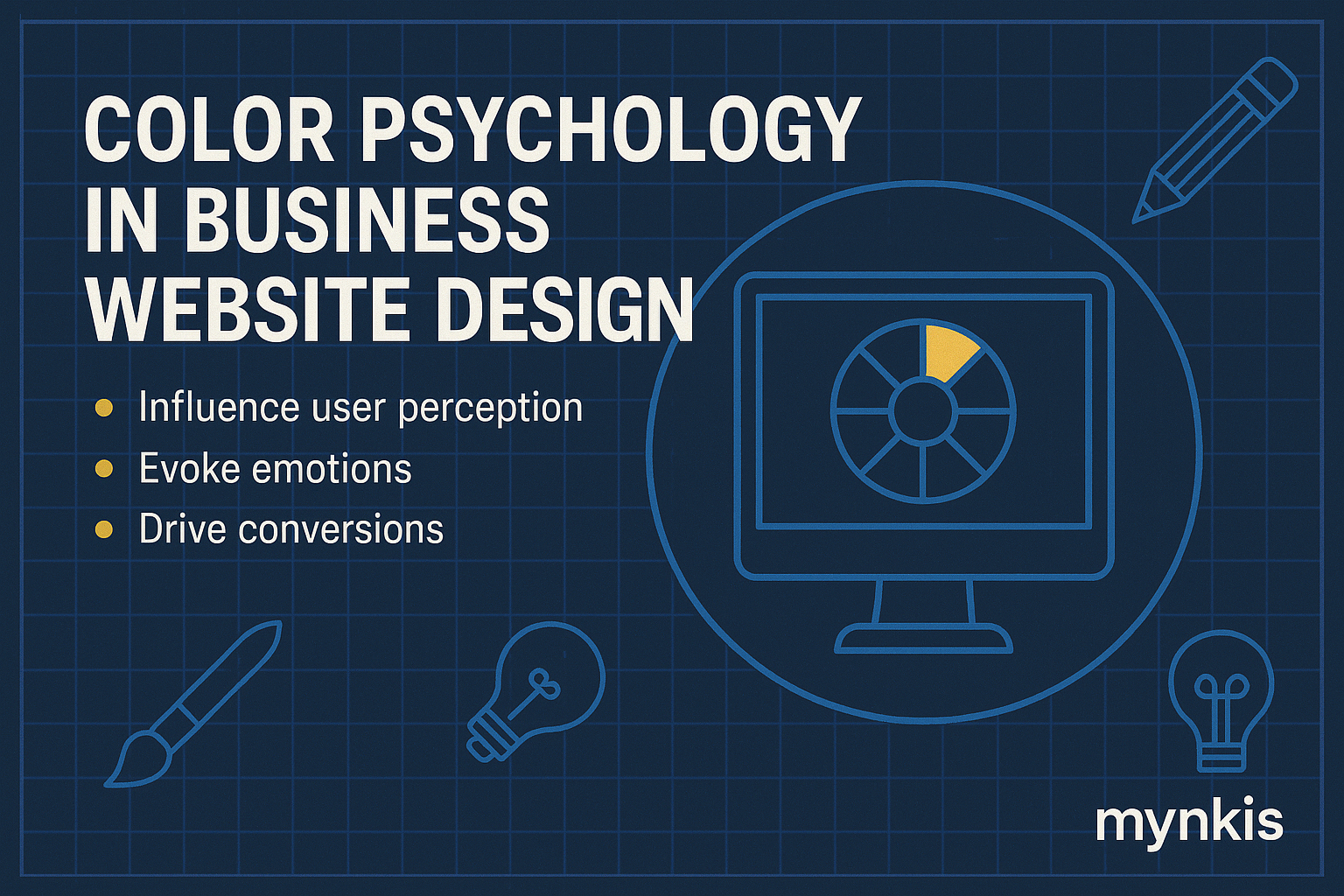Schedule a Demo
Color isn't just a part of your website's aesthetics; it's a strategic tool that can drive engagement and conversions. When designing your site, especially when it's aimed at lead generation and business-to-business interactions, understanding the psychology of color can transform your site from merely functional to highly effective.
Color psychology explores how colors affect human behavior and decision-making. Different colors evoke different emotions and reactions, which can be harnessed to guide visitors through your website in a specific way. For example, red is often associated with urgency and can increase the click-through rate on call-to-action buttons. In contrast, blue tends to create a sense of trust and professionalism, making it popular in B2B contexts.
Choosing the right colors for your brand can align visitors with your corporate values and goals. In my work with c-level executives launching new products, I've seen how implementing colors that align with brand personality can enhance user engagement. Consider Salesforce, which uses a combination of blues and whites to suggest reliability and innovation, traits essential in the custom software development industry. When creating a website focused on enterprise web solutions, selecting colors that reflect professionalism while encouraging interaction is key.
Color psychology also plays a subtle but significant role in SEO and lead generation. A well-designed color scheme can reduce bounce rates, encouraging visitors to explore more pages on your site, which improves your SEO. Furthermore, colors that prompt immediate action, such as bright oranges or reds on 'Contact Us' buttons, can lead to higher conversion rates. Based on available research, individual results may vary, but intentional color choice can notably boost your site's performance.
In the realm of user interfaces, particularly for custom software development, color helps guide users' attention to important elements. For instance, using contrasting colors for critical sections like login forms or key features can make them stand out, facilitating easier navigation and use. This principle is equally essential for integrations and automation tools where clear, quick interaction can significantly impact user satisfaction and retention.
It's crucial to consider how color choices affect accessibility. Ensure sufficient contrast to cater to visitors with visual impairments, aligning with best practices for inclusive web design. Remember, a site designed for B2B lead generation must be user-friendly for all potential clients, enhancing your credibility and reach.
Consider the HubSpot website, which uses shades of orange—a color that stands for optimism and friendliness—to reflect its supportive brand ethos. This not only enhances the brand's identity but also aids in generating leads by creating a welcoming atmosphere. Similarly, for companies specializing in enterprise web solutions, using calming blues alongside vibrant, action-driven colors like green can signal both stability and growth.
While leveraging color for business impact, avoid common mistakes like using too many colors or selecting clashing palettes, which can confuse and overwhelm visitors. Stick to a well-thought-out color scheme that aligns with your brand and amplifies your message without overshadowing your content.
Staying up-to-date with design trends can keep your website fresh and appealing. In 2023, muted palettes are popular, suggesting elegance and sophistication ideal for B2B interactions, while vibrant gradients add dynamism. Exploring these trends can ensure your custom software development or SEO-optimized B2B site remains competitive and engaging.
Each industry may benefit from different color approaches. Tech startups might lean into purples for their creativity and innovation associations, whereas financial services could favor blues for trustworthiness. By personalizing your color strategy to your target industry and audience, your site can resonate more effectively with potential clients.
Just as you would iterate on your SEO strategies or software functionality, testing different color variations can yield valuable data on what works best for your audience. A/B testing colors of key elements like banners, buttons, and backgrounds can help refine your color psychology strategy to better meet your business goals.
Looking ahead, the integration of advanced technologies like augmented reality (AR) could change how color influences online experiences. Imagine a site where color adjustments not only improve accessibility but also personalize the user experience dynamically. The potential for custom software development in this arena promises to transform how businesses interact with their audience visually.
Be transparent with clients and stakeholders about the role of color in your website design. Discussing the 'why' behind color choices builds trust and can engage them in the creative process, possibly offering insights into their brand's unique needs and audience preferences.
Ultimately, color should be considered as part of a holistic design approach. Integrating it thoughtfully with your content strategy, user experience design, and SEO tactics ensures a coherent and compelling online presence that communicates your business value effectively.
